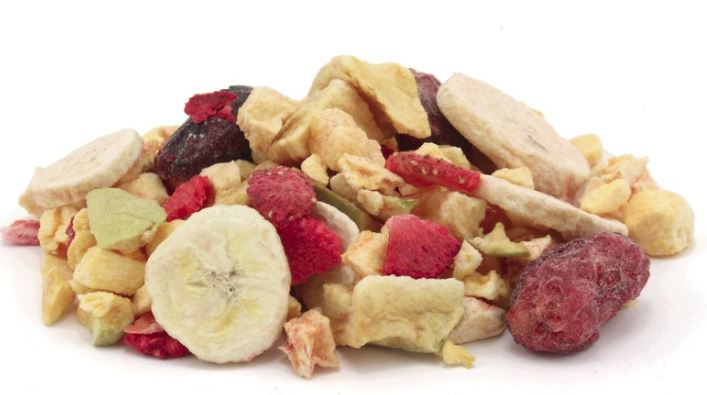×
The Standard e-Paper
Read Offline Anywhere

Most trips to the countryside are interspersed with the sight of men and women selling ripe fruit by the roadside. While there’s a huge market for fruit, linking farmers to the end customer is a big problem. And it’s made worse by the fact that fruit is so perishable.
To avoid incurring huge losses, most farmer sell their harvest at throwaway prices to traders who then ferry the fruit to towns and make a killing.